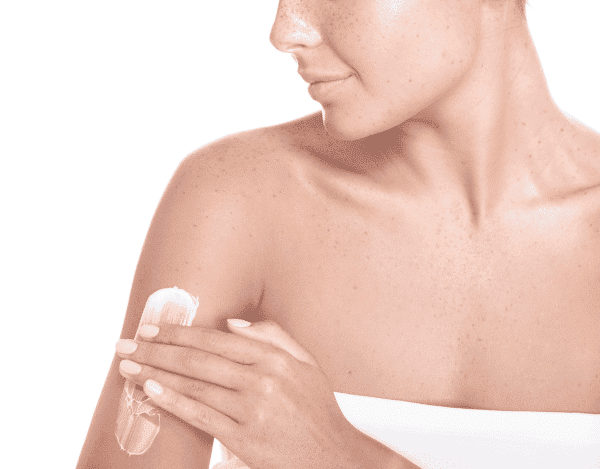

On the surface of the human skin is the skin microbiome, an ecosystem of almost invisible microorganisms. The skin microbiome is therefore the totality of all these living organisms that reside on the skin. These microorganisms – also called microbes – include bacteria, fungi and also viruses. The skin enters into a symbiosis with the microorganisms, which means living together for mutual benefit.
The skin microbiome is important for your health. It has an important protective function against environmental influences, pathogens and UV light and is thus the living protective shield of your skin! The microbiome also interacts closely with the skin’s immune system and contributes to its normal function.
To ensure an intact protective function, the beneficial microorganisms keep the bad bacteria in check. However, not only the “good” microorganisms are essential. It depends on the right balance of the different microorganisms. Some bacteria and fungi can stimulate the immune system to protective reactions and ward off dangerous germs. At the same time, care should be taken to ensure that the beneficial co-inhabitants do not get out of hand either, as this can otherwise lead to skin problems. In some skin diseases, for example atopic dermatitis or seborrheic dermatitis, the altered microbiome contributes to the disease.
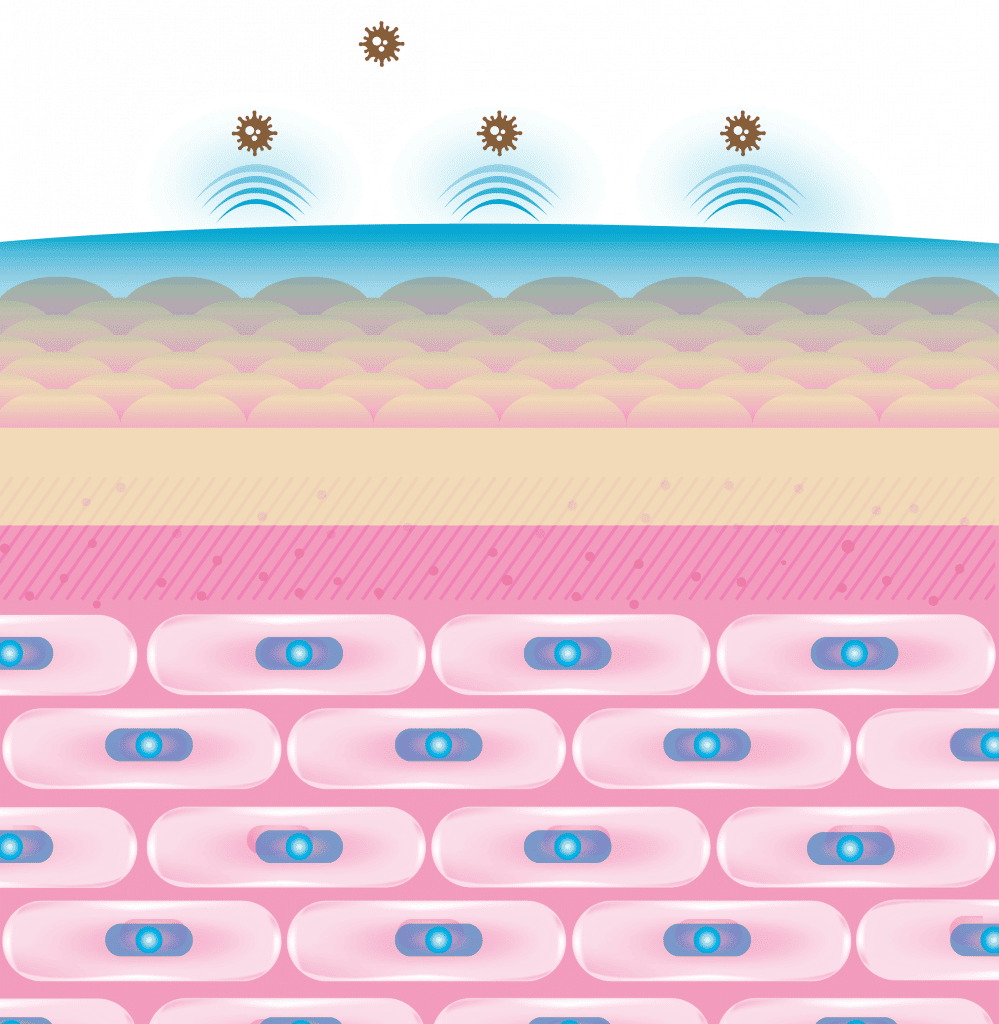
Fortunately, the skin microbiome is relatively resilient: after cleansing and disinfecting the skin, the microbiome changes only temporarily. However, in order to regenerate quickly, the skin’s microbiome needs an intact protective acid mantle (=hydrolipidic film) on your skin surface. The protective acid mantle consists of water, fat-splitting enzymes, dead cells, sebum and sweat, among other things, and has a slightly acidic average pH value of 5.5. It regulates the water balance of the skin, prevents too much moisture from escaping and also protects against external influences. An intact acid mantle is the basis of life for the skin microbiome.
This healthy balance can be specifically supported by skin cleansing and care products with a pH value of 5.5. The pH skin-neutral formula ensures particularly mild cleansing and care. It does not attack the protective acid mantle of your skin, but helps to stabilize it and in this way protects the skin's microbiome.
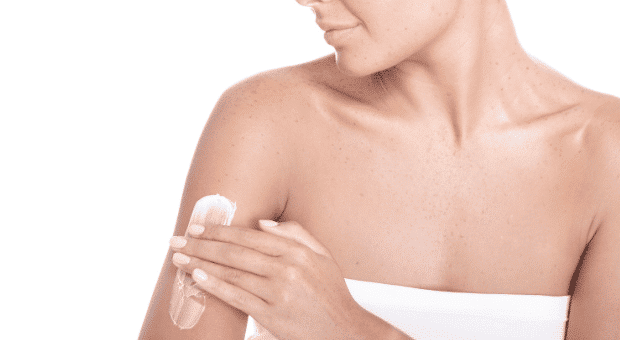
The skin protects the body from external influences. But the skin itself also needs protection: the skin's microbiome is responsible for this.
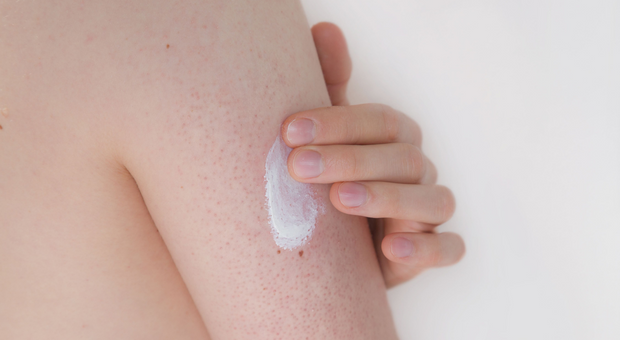
Keratosis Pilaris, Lichen Pilaris or Follicular Keratosis, colloquially known as chicken skin, has many names. But what exactly is the cause of this skin condition and We reveal what symptoms are and how to care for and treat rubbing iron skin.

You have also noticed that your facial skin is drier than usual in winter? Or do your hands tend to be chapped during the winter months? Fortunately, there is not only a very simple explanation for this, but also three simple tips that you can use to combat dry skin in winter.

Due to the everyday wearing of a protective mask, our facial skin faces great challenges. As a result, irritation, impurities and dry patches can occur on the face, especially in sensitive skin. But even normal skin often shows irritations and skin irritations due to the increased use of a mouthguard, which can eventually lead to dry skin under the mask.
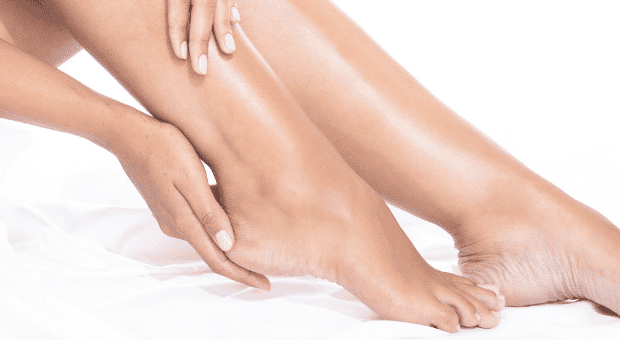
Struggling with dryness and cracking on your heels? Here you can learn more about the prevention and treatment of chapped or dry feet.
Limy water can lead to dry skin and skin diseases. Learn more about the influence of water hardness on our skin here.